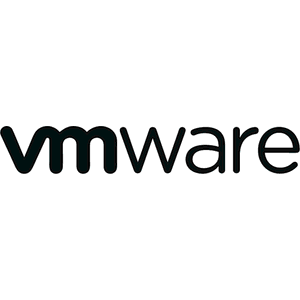VMware made it available what we were expecting later, VMware vSphere 6.5 is now available for download,
Some direct links where to find some relevant information:
- vSphere / ESXi 6.5
- vSphere Update Manager 6.5
- Virtual SAN 6.5
- vSphere Replication 6.5
- vSphere Data Protection 6.1.3
- vRealize Log Insight 4.0
- vRealize Operations Manager 6.4
- vSphere PowerCLI 6.5
- vSphere vMA 6.5
- vSphere CLI 6.5
- OVFTool 4.2
Downloads:
- ESXi 6.5
- vCenter Server (Windows/VCSA) 6.5
- vSAN Witness Appliance 6.5
- vSphere Replication 6.5
- Site Recovery Manager 6.5
- vSphere Data Protection 6.1.3
- vRealize Log Insight 4.0
- vRealize Operations Manager 6.4
- vRealize Business for Cloud 7.2
- vSphere vMA 6.5
- vSphere CLI 6.5
- OVFTool 4.2
Documentation:
- vSphere 6.5
- vSphere 6.5 Configuration Maximum
- vSphere 6.5 (SOAP) API Reference Guide
- vSAN 6.5 API Reference Guide
